FRANK OCEAN: the Mysterious Artist
|Samuel Hyland
When post-structuralist theory was established over half a century ago, it sought to empower consumers by removing authors and artists from the equation. Its premise seems simple enough: think beyond a work’s creator and you may inherit dominion over its meaning. But while the shunning of a literary authority may feel like a passageway to readerly power, it may also be a vast passageway to readerly disarray. In a digital era that inherently widens the gap between artist and audience, the absence of an author often feels as if it is the author’s decision—and the reader’s problem. The artist goes silent on social media; the audience struggles with the lull.
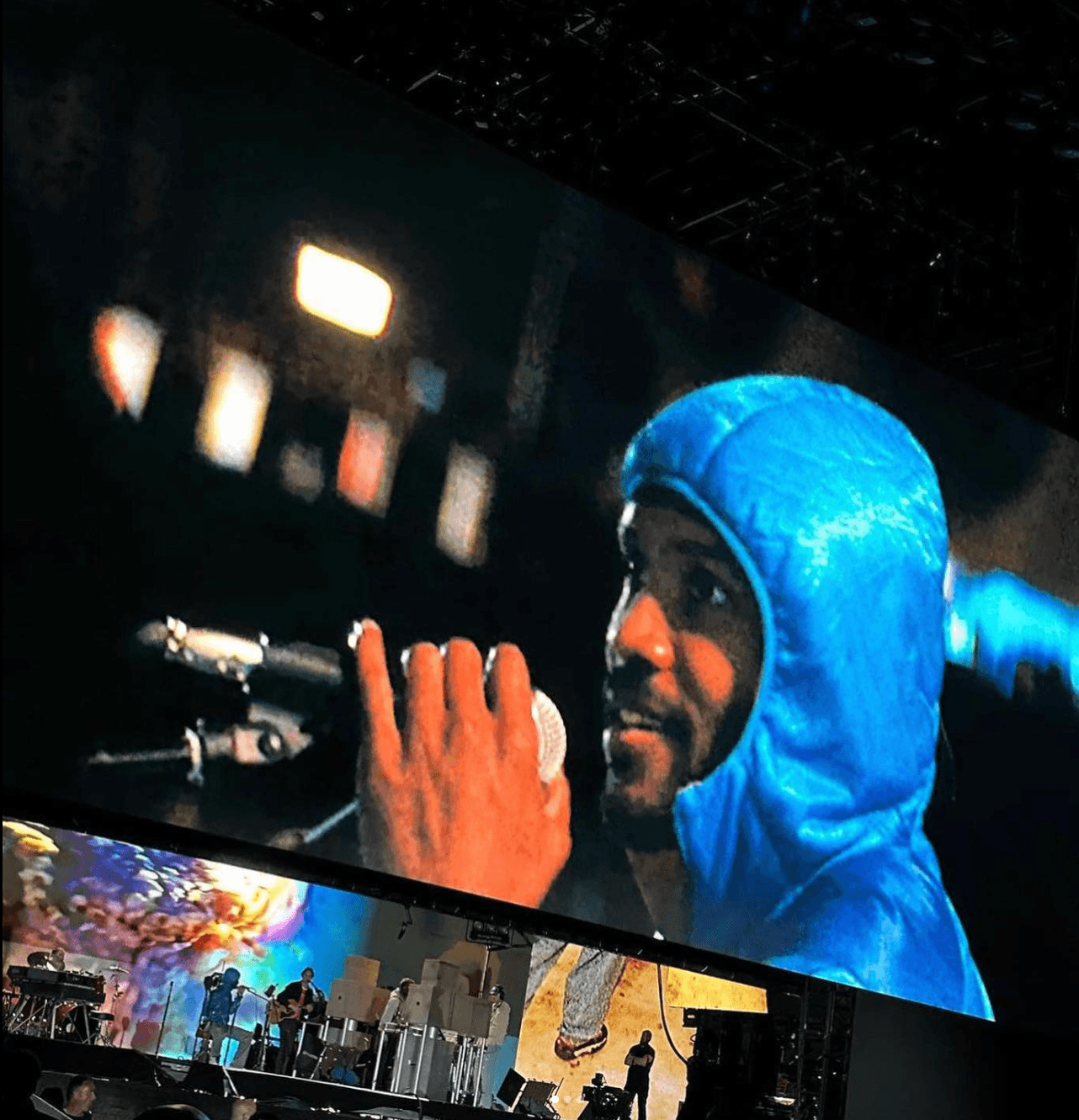

The artist releases a challenging body of work with little-to-no explanation; the audience scrambles to make sense of it. The artist leaves entirely; the audience rifles through the debris. Post-structuralism emboldens readers to ask questions. As the burden of answering those questions moves increasingly farther away from creators, perhaps merely asking them is no longer as sufficient as it once seemed.
Last month, the reclusive R&B musician Frank Ocean made a rare public appearance at Coachella, where he was slated to play two live sets for the first time since 2016. After the first performance fueled mass outrage from fans and promoters—a last-minute ankle injury shelved an elaborate stage setup, and the singer instead chose to play reworked hits from a dimly-lit stool—Ocean quietly opted out of the second.
“‘It was chaotic,” he deadpanned in a brief statement later shared by the festival’s organizers. “‘There is some beauty in chaos. It isn’t what I intended to show but I did enjoy being out there and I’ll see you soon.’ – Frank Ocean.”
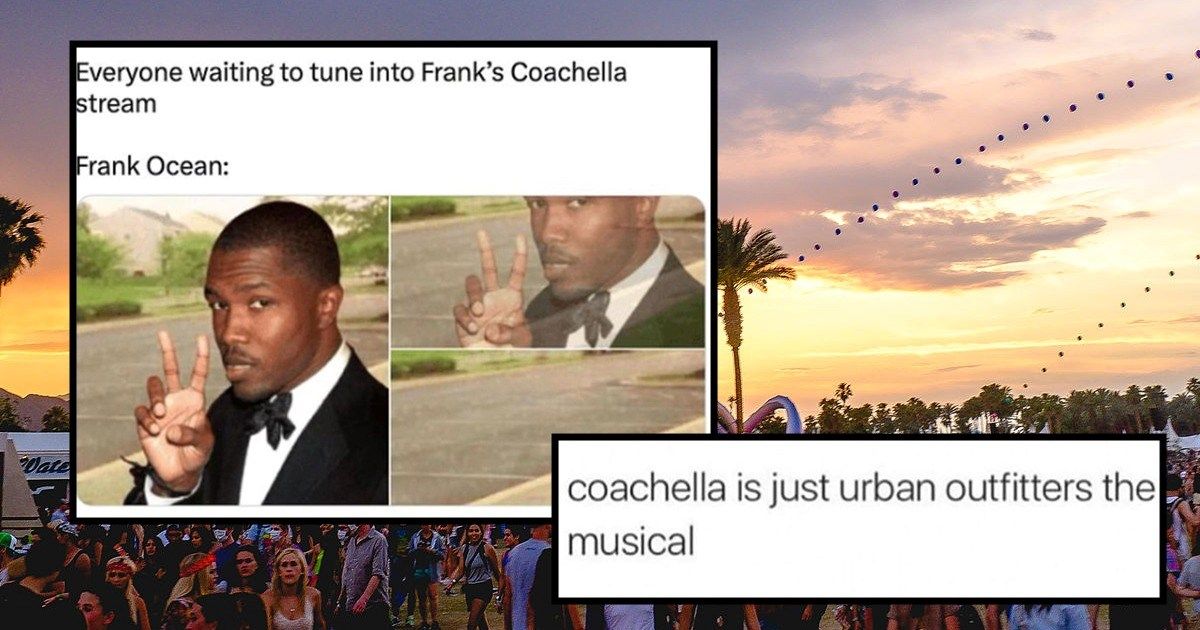
It is likely that we will see Frank Ocean again, but, as the span between 2016 and now suggests, it is also likely that it will not be for a very long time. The musician—who grants few interviews, wields a minimal social media presence, and performs rarely—has long invited followers to fill in the gaps of his shadowy legacy. When he cleared his Instagram page of all posts last year, fans wasted little time in theorizing that a new album was imminent; in Coachella’s wake, many bloggers leapt to explain why his confusing set was actually a calculated, career-defining outing.
“It’s time to set the record straight,” one supporter wrote. “Social media is lying to you. Yes, this is an op-ed piece. Frank Ocean’s headlining Coachella set was iconic and truly the definition of artistry at its finest form, despite the obstacles that came with it and the aftermath that has followed.” By being absent, Ocean fulfills post-structuralism’s decades-old prophecy: when authors are not present to answer questions, readers must create meanings for themselves.
In 1967, the French literary theorist Roland Barthes penned a seminal essay that heralded the “Death of the Author”: a shifting of power from author to audience, through which readerly interpretation takes precedence over authorial intent. Active through the mid-to-late 20th Century, Barthes inherited a cultural context widely informed by ideas of psychoanalysis—the Freud-invented theory that saw repressed memories as governing agents of conscious actions. Much of Barthes’ work, including his “Death of the Author” treatise, subverted similarly stringent, creator-centric interpretive approaches. In his 1957 book Mythologies, he eschewed typical points of cultural criticism to analyze seemingly quotidian alternatives (including laundry detergent and strip teases); 1980’s Camera Lucida saw him examine photography as a three-way conversation between photographer, photographed, and spectator, rather than a dialogue controlled by image makers alone. For the post-structuralists he influenced, this vein of thinking was a vital democratizing agent.
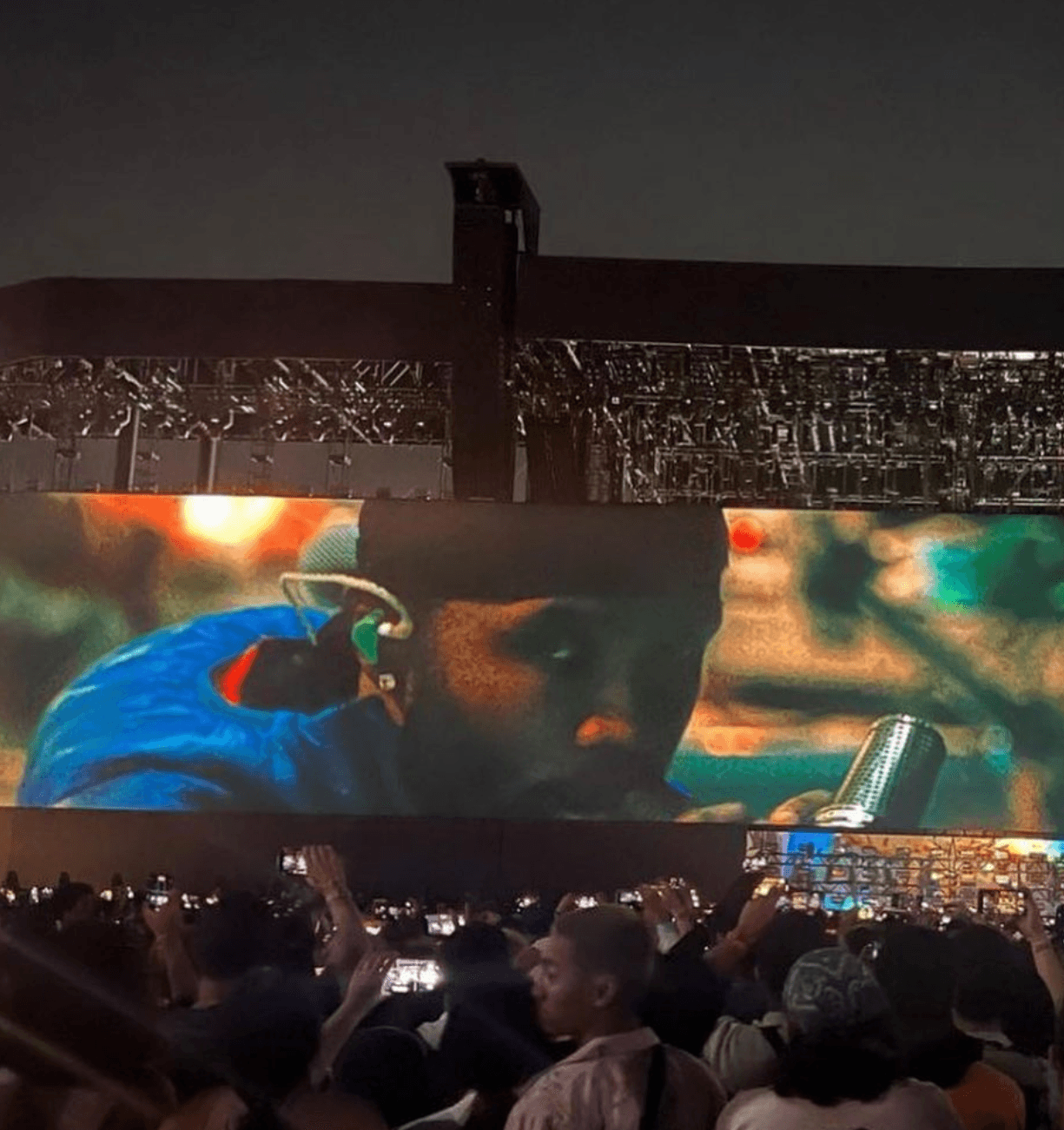
Whether or not this is beneficial to a new era of consumers is another story. Mystery can sometimes be invigorating—an enigma is only enthralling when the answers aren’t obvious. But it can also be frustrating when those answers never come. By design, post-structuralism asserts that those answers are supposed to come from the readers themselves. But in an internet landscape where answers come by the million, and often all at once, the lack of a singular one may feel more like an information overload than a distinctive new beginning.
“The birth of the reader,” Barthes wrote, “must be ransomed by the death of the Author.” The philosopher, in other words, contends that readers have full power to create meaning for themselves, rather than wait for it to come from authorial figures—a “birth” of readerly agency, via a “death” of dominion over a work by its creator. For the confused fans left shrouded in darkness after Frank Ocean walked off stage, though, perhaps it did not feel like much of a birth at all. The confusion that existed when the lights came on remained by the time they shut off.
Ocean’s shadowy approach, especially as of late, has deep, emotional grounds. In 2020, the singer justifiably chose to reckon with his younger brother’s sudden death outside of the public eye. Since then, he has approached pop superstardom with increasing reclusion—seldom speaking directly to fans or critics and only offering a smattering of one-off non-musical endeavors. A theorist like Barthes would argue that such elusiveness empowers consumers by making the author a non-factor to begin with.
But over the course of Ocean’s career, mystery has often seemed to breed more powerlessness for audiences than authority. It’s one thing to have interpretive dominion over a body of work. It’s an entirely different thing when, especially in an era like ours, the work is not enough on its own. To extents perhaps greater than Barthes experienced, consumers itch to know what lies beyond creators’ unreadable silhouettes. The more silent the artist, the more desperate their followers seem for tangible touchstones to grasp—from Ocean’s fans dissecting his every Instagram story to Death Grips fans threatening to delete the group’s subreddit if no snippets were to circulate from a rare show. “Frank Ocean’s music is fantastic,” one Twitter user mused after his set, “but the obscure mysterious lowkey artist shit be getting on my nerves after a while.”
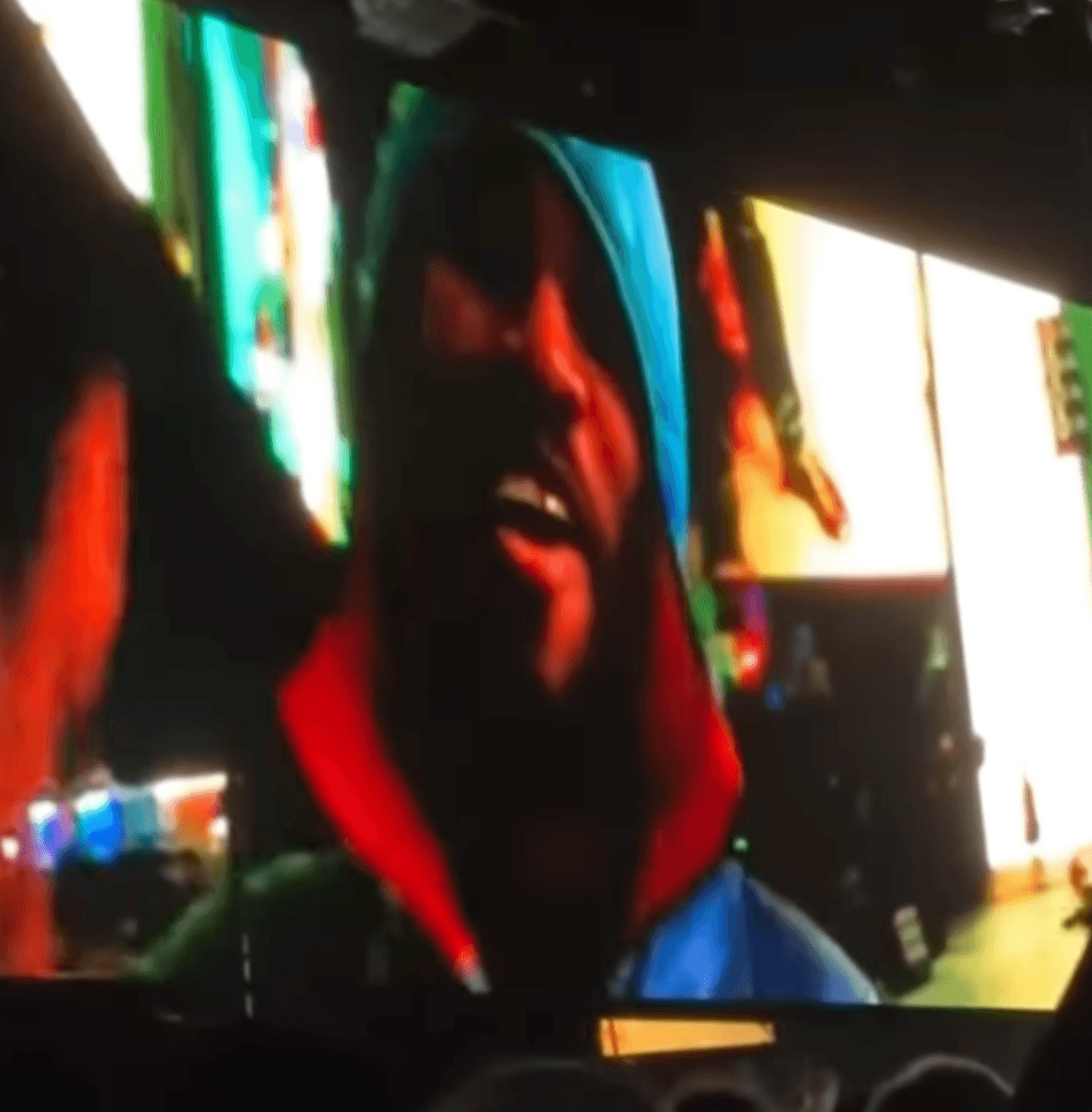
The mysterious lowkey artist schtick also got on the nerves of post-structuralism’s many detractors—a lengthy, decades-spanning list that includes the late American writer David Foster Wallace. “The reason why poststructuralists are in the literary theory business at all is that they see writing, not speech, as more faithful to the metaphysics of true expression,” he wrote in his essay “Greatly Exaggerated.” He continued, “for Barthes, Derrida, and Foucault, writing is a better animal than speech because it is iterable; it is iterable because it is abstract; and it is abstract because it is a function not of presence but of absence: the reader's absent when the writers writing and the writer's absent when the reader's reading.” Abstraction can often be a boon for artists looking to eschew criticism or attention at-large. In this sense, post-structuralism may be as much of a readerly means to empower people as an authorial cop-out: a reader is able to command discourse around a work, at the price of an author being able to dodge the burden of explaining themself.
But in a grander sense, post-structuralism is far more than who is there and when. In his seminal 1966 lecture “Structure, Sign, and Play,” Jacques Derrida characterized the theory less as a stringent presence-absence construct, and more like a hodgepodge of literary elements constantly in flux. “No doubt that by orienting and organizing the coherence of the system, the center of a structure permits the freeplay of its elements inside the total form,” he wrote. “And even today the notion of a structure lacking any center represents the unthinkable itself.” In the era Derrida spoke from, centerless models were “unthinkable” in the daunting shadow of structuralism: a long-dominant school of theory that interpreted cultural elements in context of larger, more central systems.
The theorist’s work, in a similar nature to Barthes’, hinged on a shifting of discursive command from one-sided entities to more populous, democratized institutions. In the university setting he occupied as a professor, he often worked to put dominant discourses into question—politicizing education and encouraging his audiences to challenge dominant structures in the same fashion. This was “unthinkable” then because the prevalent discursive order of the era carved out little room for challengers or questions. One did not interrogate a system; one operated within it. To eschew and probe beyond the powerful center of a structure, Derrida said, was unthinkable—but in equal part necessary.
Decades later, as evolutions in media, technology, and communication have complicated culture at large, centrality is not as much of a guarantee as it may have once seemed. Over time, audiences have gotten markedly better at making sense of the centerless “unthinkables” they face—when an artist leaves unexplained hints, a quick look at Reddit or Twitter often yields a surplus of possible answers. But until the center speaks, the unthinkable remains effectively unknowable. It is exactly what played out in Coachella’s shadowy, confused aftermath: Ocean, as he has done consistently over the past decade, gave fans a “structure” to commit to but relinquished his role as its center as soon as the structure was to be made sense of. Given an unthinkable, the sole option of his audience was to do just that—think—but never know.
Credits
- Text: Samuel Hyland
Related Content
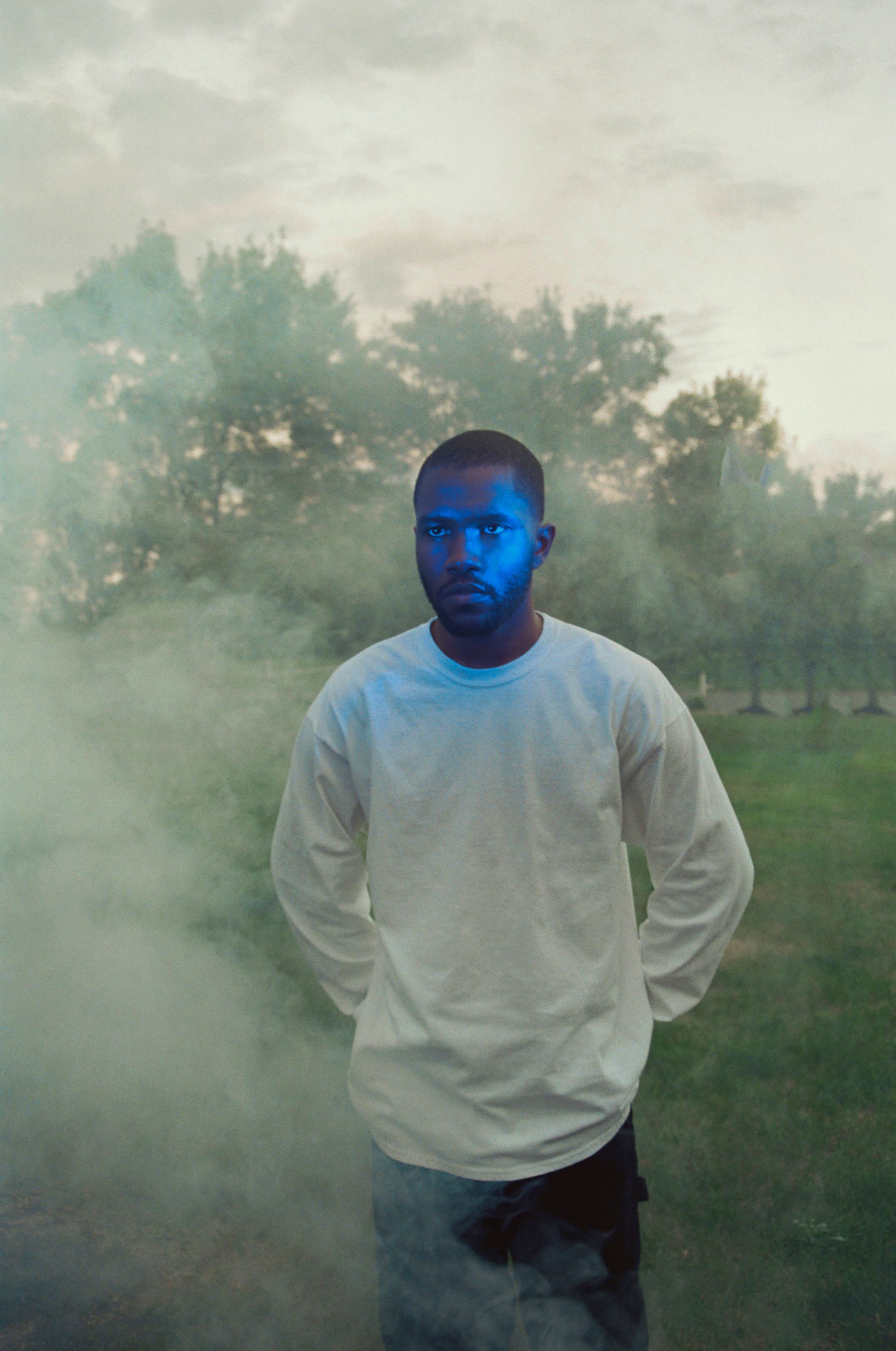
FRANK OCEAN: The Artist is Absent

Why Be You When You Can Be Me? PETRA COLLINS’ Unconscious Truths

Art World Resorts: No Utopias, but Chicago
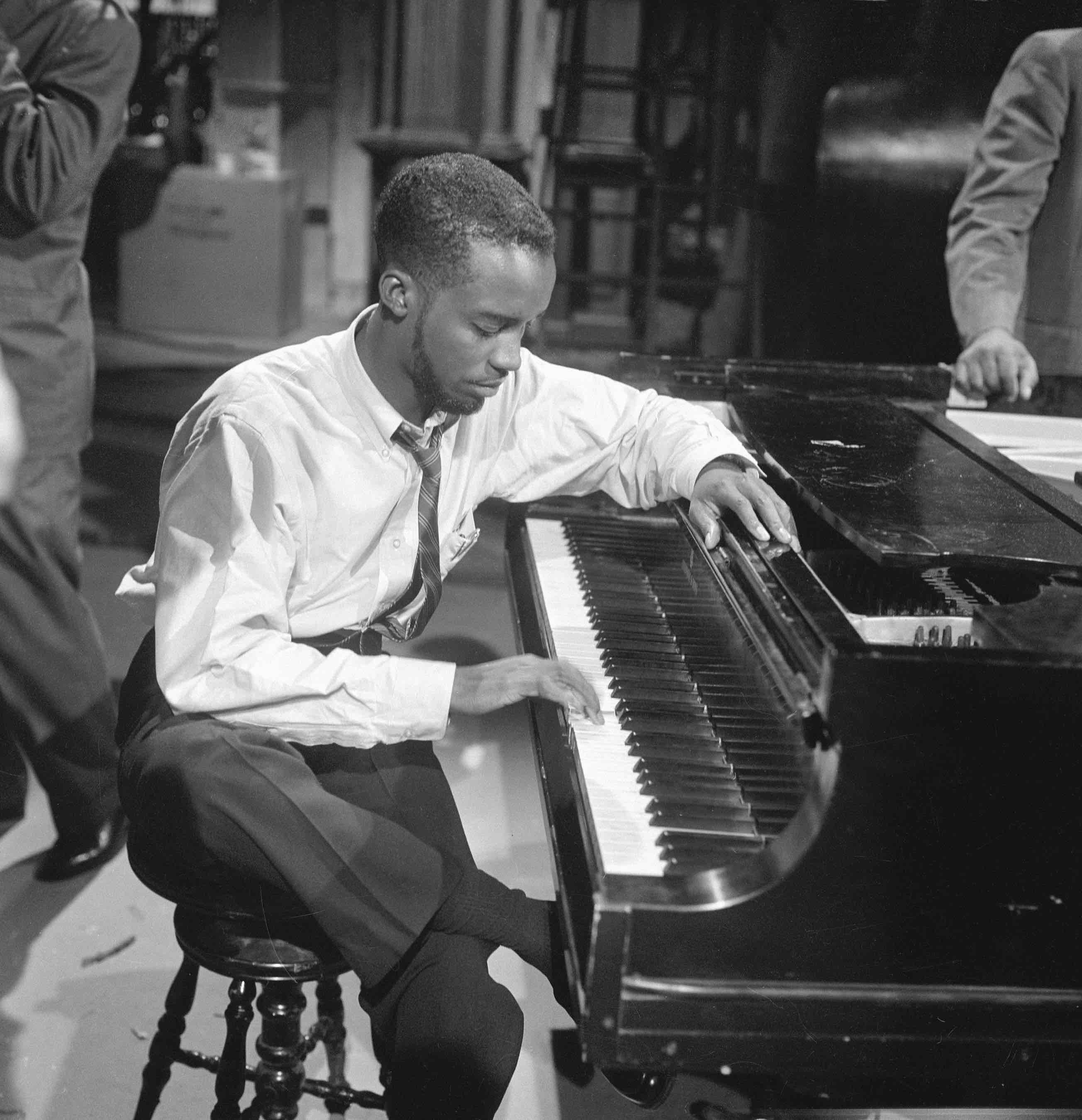
DEAR AHMAD JAMAL (1930-2023)
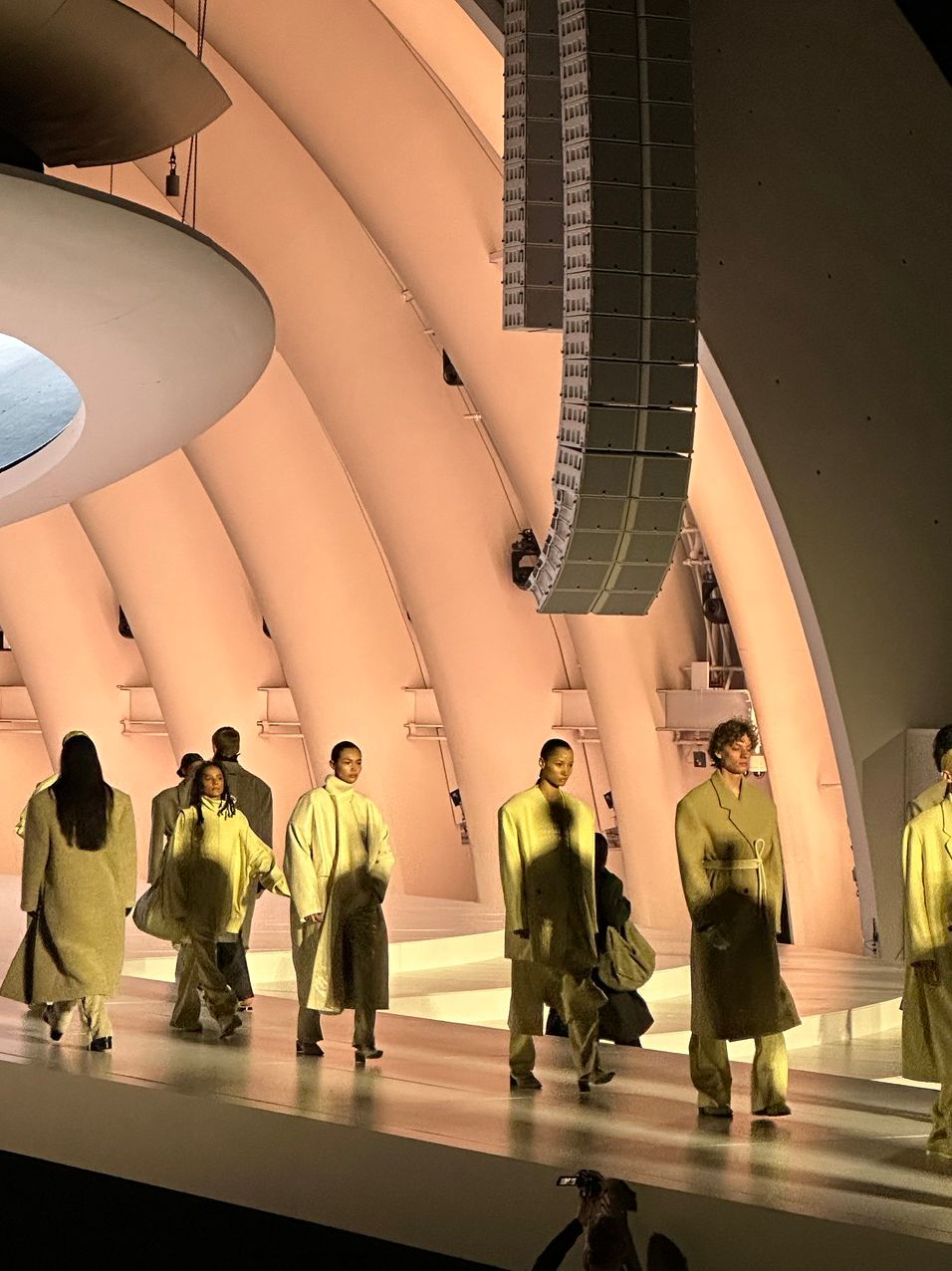
Brenda’s Business with JERRY LORENZO
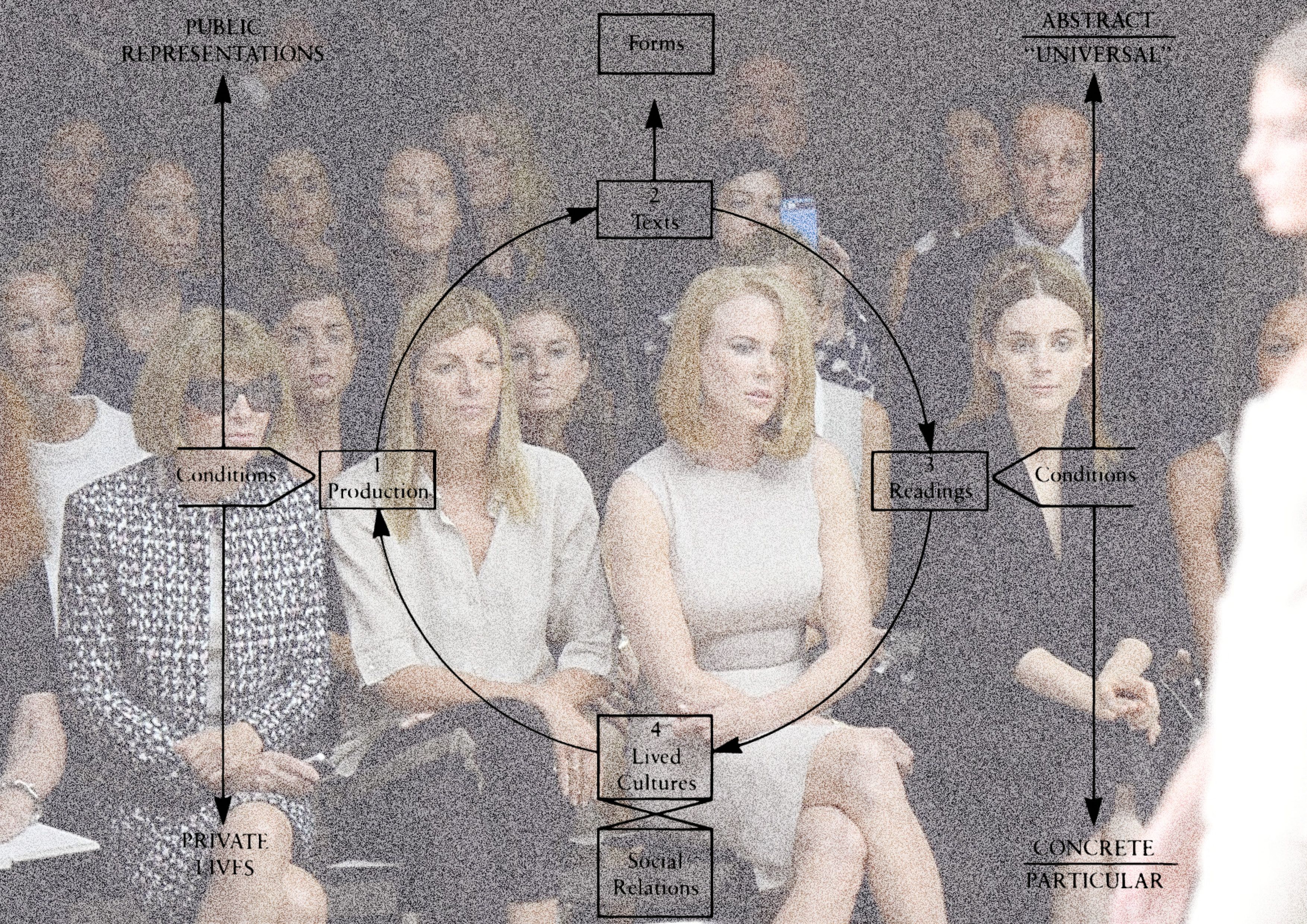
Runway Music: Musicology for Clothes

Why WOLFGANG TILLMANS Has Re-Coded Recorded Music into an In Situ Experience
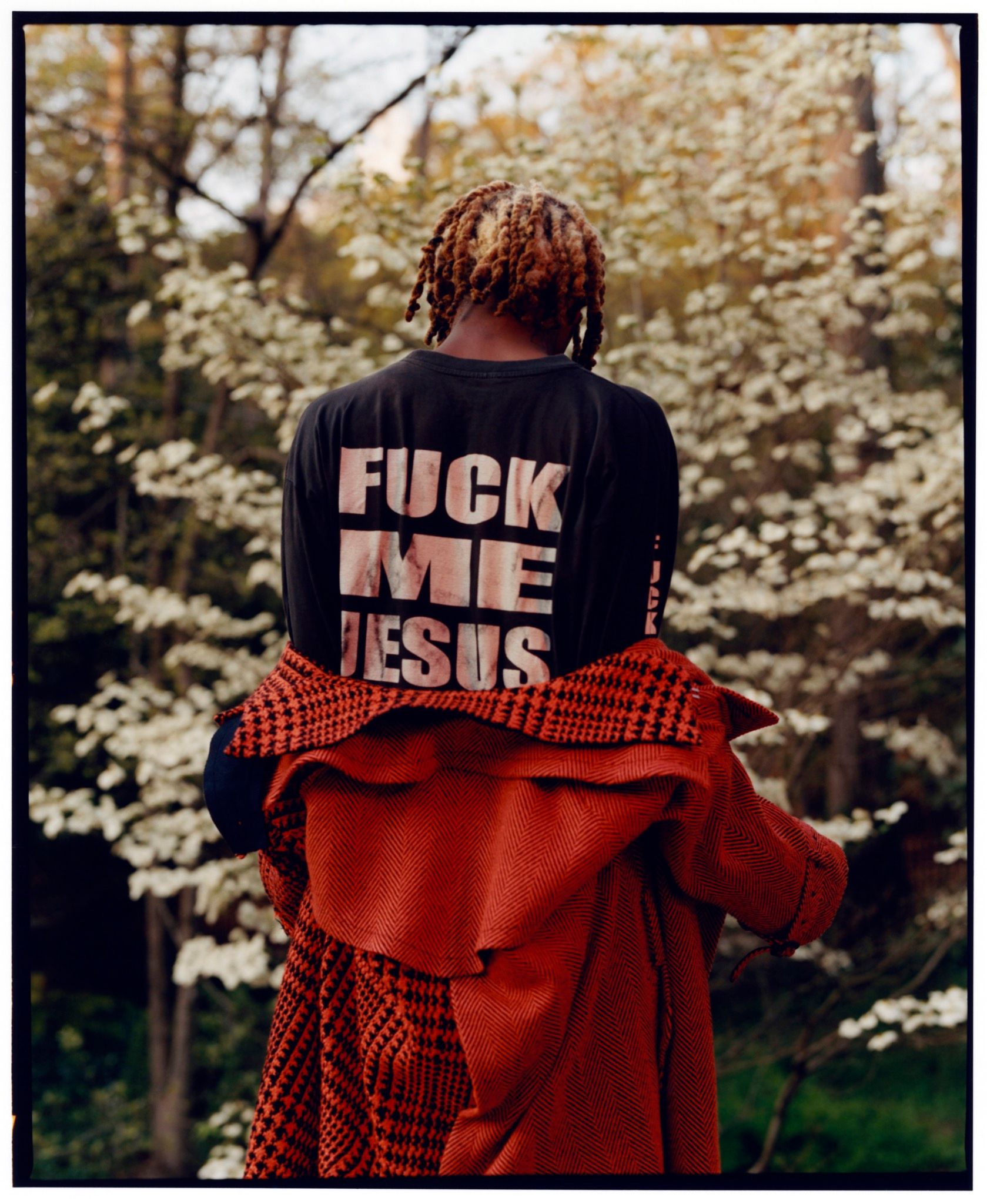
THE PLAYBOI MANSION: A House That Makes Rap Music